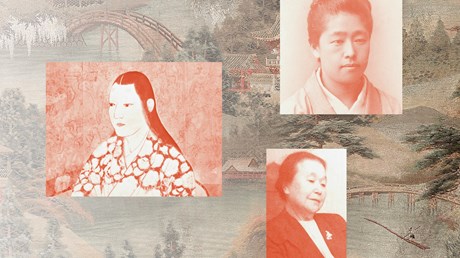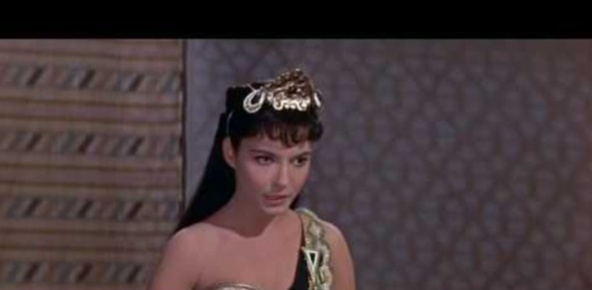Meet an early evangelist, an education reformer, and a preacher who held Bible studies with the royal family.

Christianity arrived in Japan in 1549 through Jesuit missionaries and challenged the dominant Confucian view on the hierarchical position of women in society.
The Confucian instructional book Onna Daigaku (School of Women) instructed parents to raise their daughters to be submissive in order to marry into other families, where exercising too much independence would be impertinent. The most desirable qualities for women were obedience, chastity, compassion, and emotional balance. Wives were expected to revere their husbands as if they were deities and to never become jealous, as that would risk alienating their husbands.
The Christian faith that the Jesuits shared offered unprecedented opportunities for women to discover and embody new social roles and positions. The Protestants also represented this newfound reality as women comprised about two-thirds of the missionaries sent to Japan from 1859 to 1882, according to Japanese historian Rui Kohiyama.
“Christianity required women to make a personal decision about their religious choices and confess it publicly in a society where women’s opinions mattered little,” writes Haruko Nawata Ward, a church history professor at Columbia Theological Seminary, in her book Women Religious Leaders in Japan’s Christian Century, 1549–1650.
“It required them to maintain a stronger loyalty to Christ than to their feudal lords, fathers, elder brothers, husbands and sons. It empowered women to take vows of celibacy, or choose their marriage partners from among Kirishitan men.”
In the early 17th century, Christianity was banned. Believers were persecuted for just over two and a half centuries, with many practicing their faith in secret as Kakure Kirishitans, ...
from Christianity Today Magazine
Umn ministry




.gif)

.gif)
.gif)
